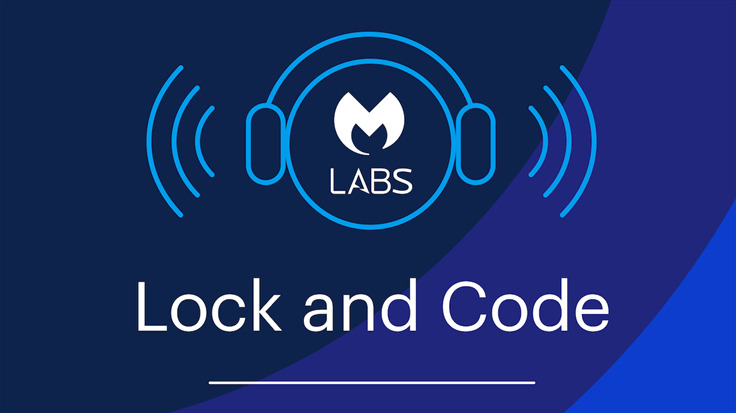When you think about the word “cyberthreat,” what first comes to mind? Is it ransomware? Is it spyware? Maybe it’s any collection of the infamous viruses, worms, Trojans, and botnets that have crippled countless companies throughout modern history.
In the future, though, what many businesses might first think of is something new: Disinformation.
Back in 2021, in speaking about threats to businesses, the former director of the US Cybersecurity and Infrastructure Security Agency, Chris Krebs, told news outlet Axios: “You’ve either been the target of a disinformation attack or you are about to be.”
That same year, the consulting and professional services firm Price Waterhouse Coopers released a report on disinformation attacks against companies and organizations, and it found that these types of attacks were far more common than most of the public realized. From the report:
“In one notable instance of disinformation, a forged US Department of Defense memo stated that a semiconductor giant’s planned acquisition of another tech company had prompted national security concerns, causing the stocks of both companies to fall. In other incidents, widely publicized unfounded attacks on a businessman caused him to lose a bidding war, a false news story reported that a bottled water company’s products had been contaminated, and a foreign state’s TV network falsely linked 5G to adverse health effects in America, giving the adversary’s companies more time to develop their own 5G network to compete with US businesses.”
Disinformation is here, and as much of it happens online—through coordinated social media posts and fast-made websites—it can truly be considered a “cyberthreat.”
But what does that mean for businesses?
Today, on the Lock and Code podcast with host David Ruiz, we speak with Lisa Kaplan, founder and CEO of Alethea, about how organizations can prepare for a disinformation attack, and what they should be thinking about in the intersection between disinformation, malware, and cybersecurity. Kaplan said:
“When you think about disinformation in its purest form, what we’re really talking about is people telling lies and hiding who they are in order to achieve objectives and doing so in a deliberate and malicious life. I think that this is more insidious than malware. I think it’s more pervasive than traditional cyber attacks, but I don’t think that you can separate disinformation from cybersecurity.”
Tune in today.
You can also find us on Apple Podcasts, Spotify, and Google Podcasts, plus whatever preferred podcast platform you use.
Show notes and credits:
Intro Music: “Spellbound” by Kevin MacLeod (incompetech.com)
Licensed under Creative Commons: By Attribution 4.0 License
http://creativecommons.org/licenses/by/4.0/
Outro Music: “Good God” by Wowa (unminus.com)









